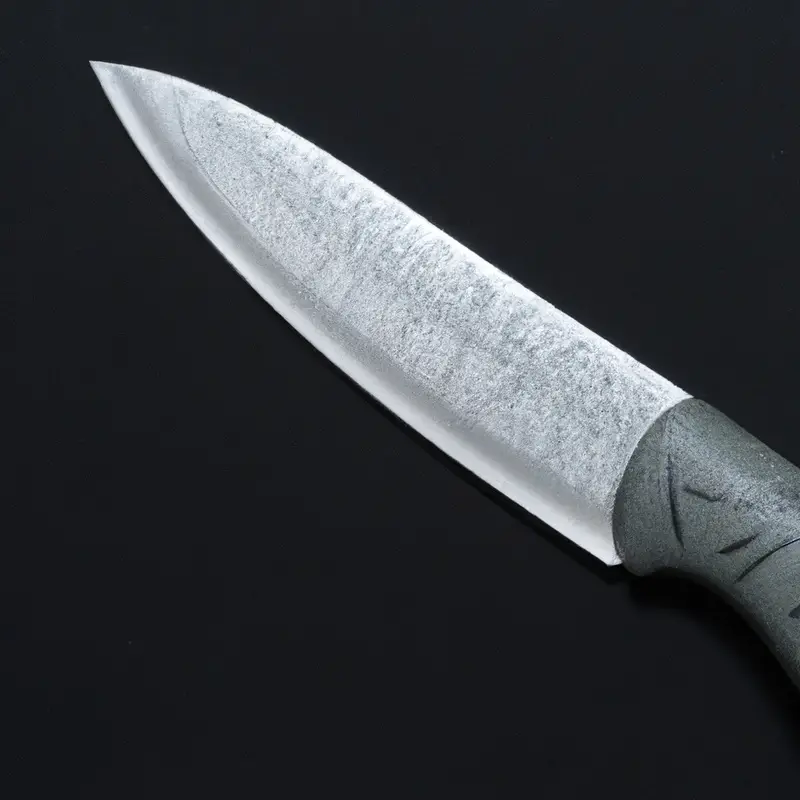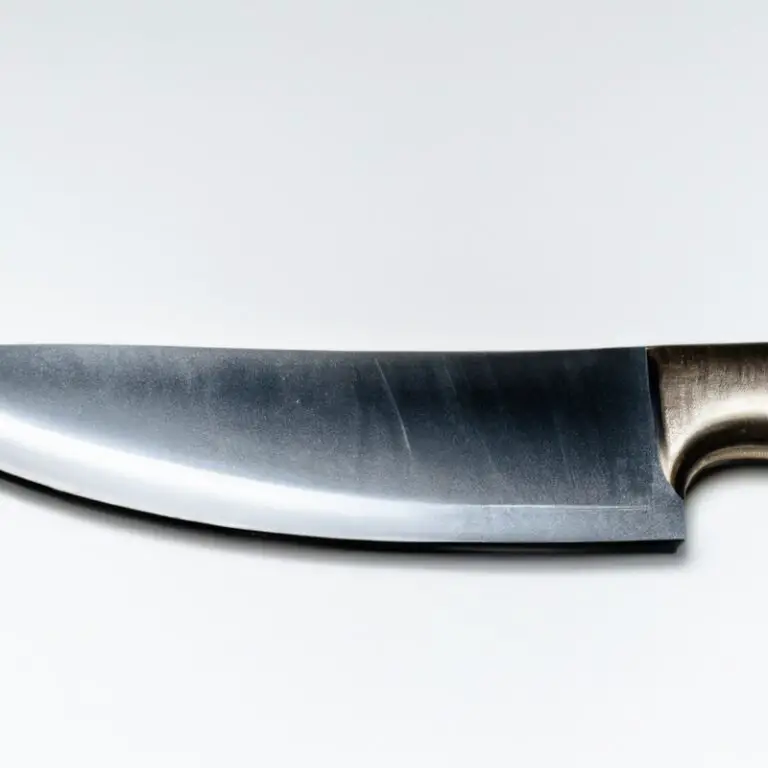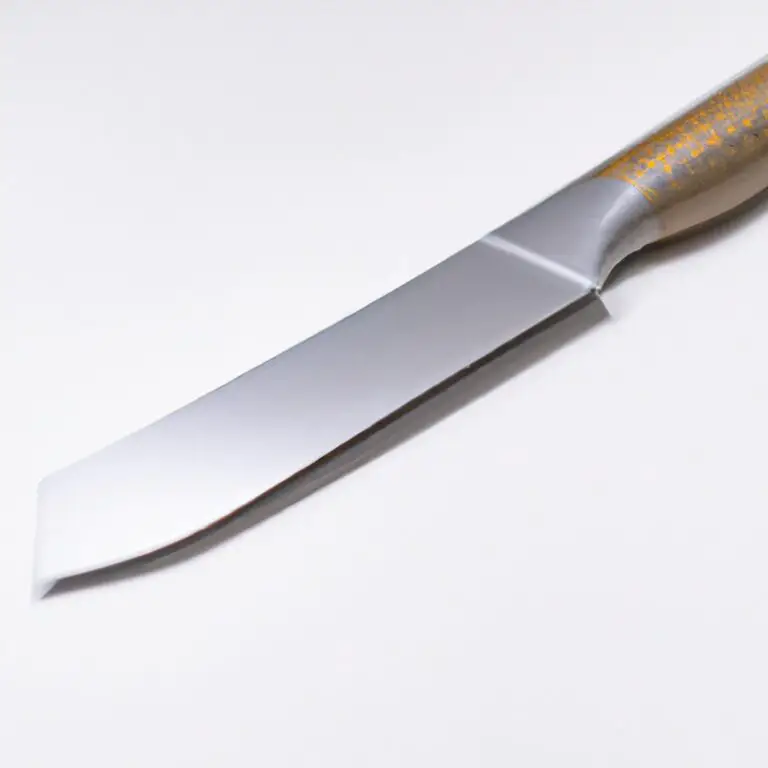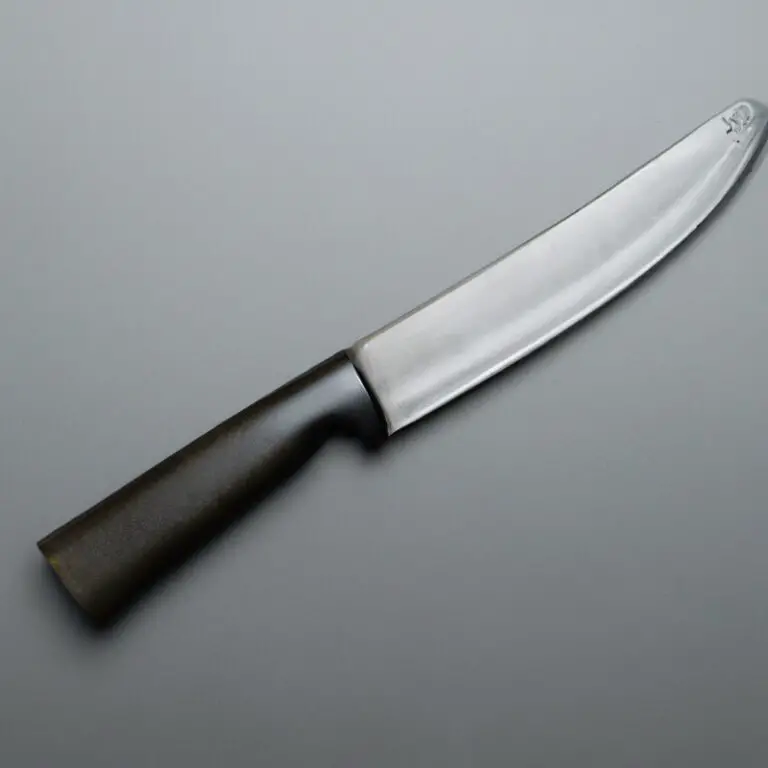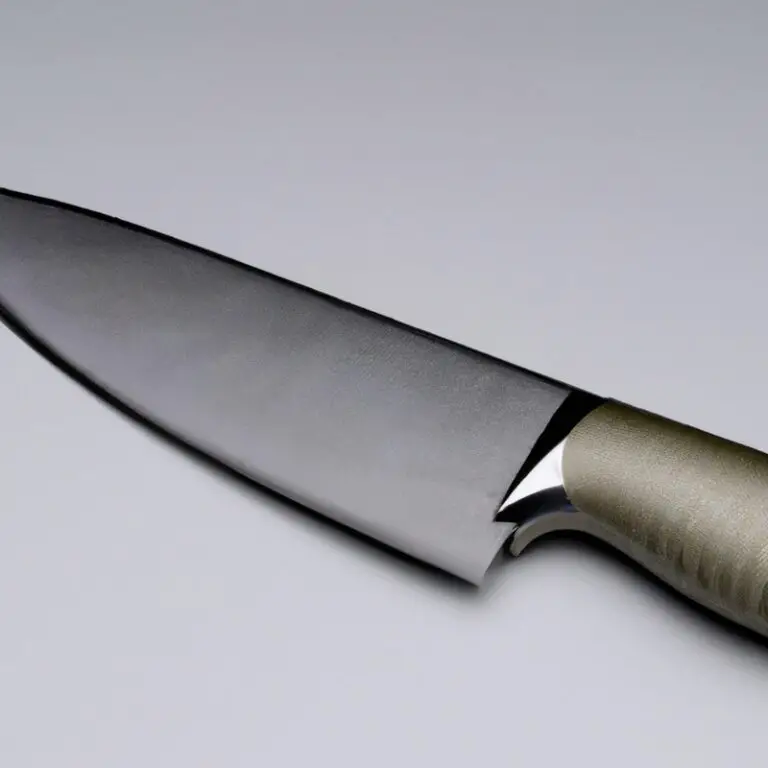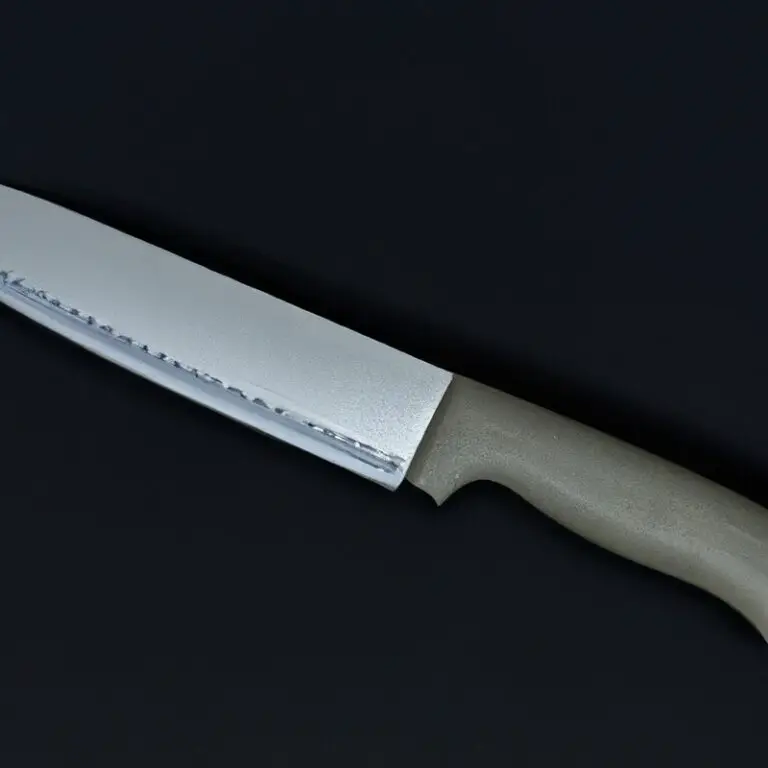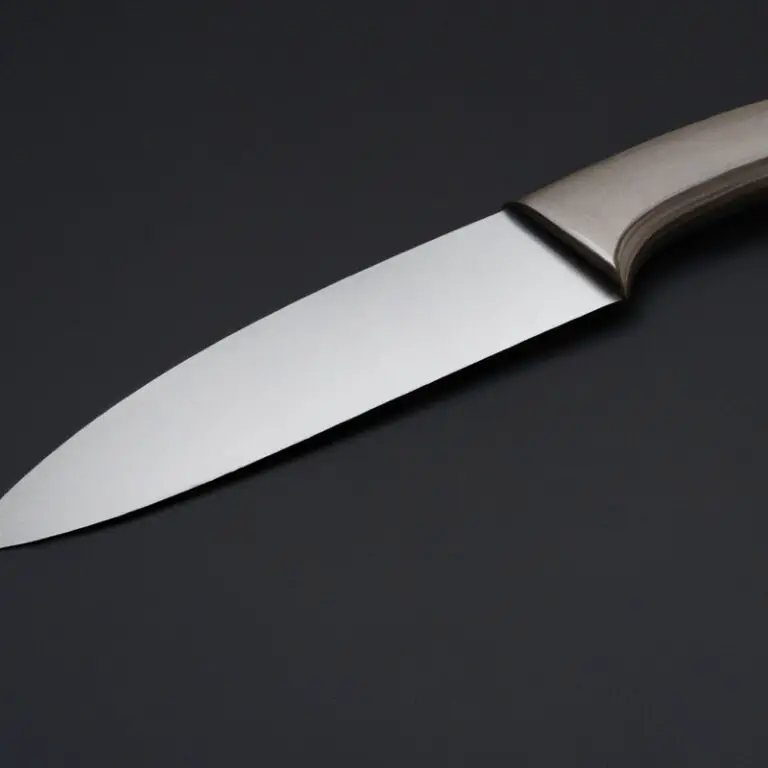What Are The Essential Features Of a Gyuto Knife For Home Cooks? Cut Like a Pro!
Key Takeaways:
- Gyuto knives are versatile kitchen tools that can be used by both professional and home cooks.
- The key features of a quality Gyuto knife include a sharp blade, comfortable handle, and durable construction.
- When selecting a Gyuto knife, consider your budget, cooking needs, and personal preference to find the best fit.
- With proper care and maintenance, a Gyuto knife can last for years and make cooking tasks easier and more enjoyable.
Whether you’re a professional chef or a home cook, having a high-quality kitchen knife is crucial for preparing delicious meals with ease. Among the various types of kitchen knives, the Gyuto knife stands out for its versatility and functionality.
But what makes a Gyuto knife an essential tool in a home cook’s kitchen?
In this article, we’ll explore the key features that make a Gyuto knife worth investing in. From its blade edge design to handle ergonomics, we’ll discuss how to choose the right Gyuto knife that meets your cooking needs.
So, let’s get started!
| Feature | Description |
|---|---|
| Blade Material | Japanese high-carbon steel, VG-10 or AUS-10 |
| Blade Length | Between 8 and 12 inches |
| Rockwell Hardness | Between 58 and 62 HRC for durability and sharpness retention |
| Blade Profile | A long, narrow and pointed blade with a flat or slightly rounded belly for versatile slicing and mincing |
| Blade Grind | Mostly flat or single bevel to allow for precise cutting |
| Handle Material | Durable and comfortable wood, such as walnut, black pakkawood or ebony |
| Handle Design | A full tang handle, with a triple-riveted design for balance and stability |
| Weight | Between 6 and 8 ounces for ease of handling and control |
| Maintenance | Easy to sharpen and care for, with a corrosion-resistant coating |
Origin and Purpose of a Gyuto Knife: Understanding the Basics
The Gyuto knife is a Japanese kitchen knife that has its origins in the western-style chef’s knife. The word “Gyuto” refers to its purpose, which is to chop, slice and dice meat and vegetables.
Gyuto knives are designed to be versatile, allowing chefs to perform many different tasks with just one knife.
They typically have a thinner and lighter blade than western-style knives, making them easier to handle and giving them more precision. The blade is also made of higher-quality steel, allowing it to hold its sharpness for longer.
Overall, the Gyuto knife is an excellent addition to any home kitchen and offers an excellent combination of functionality and performance.
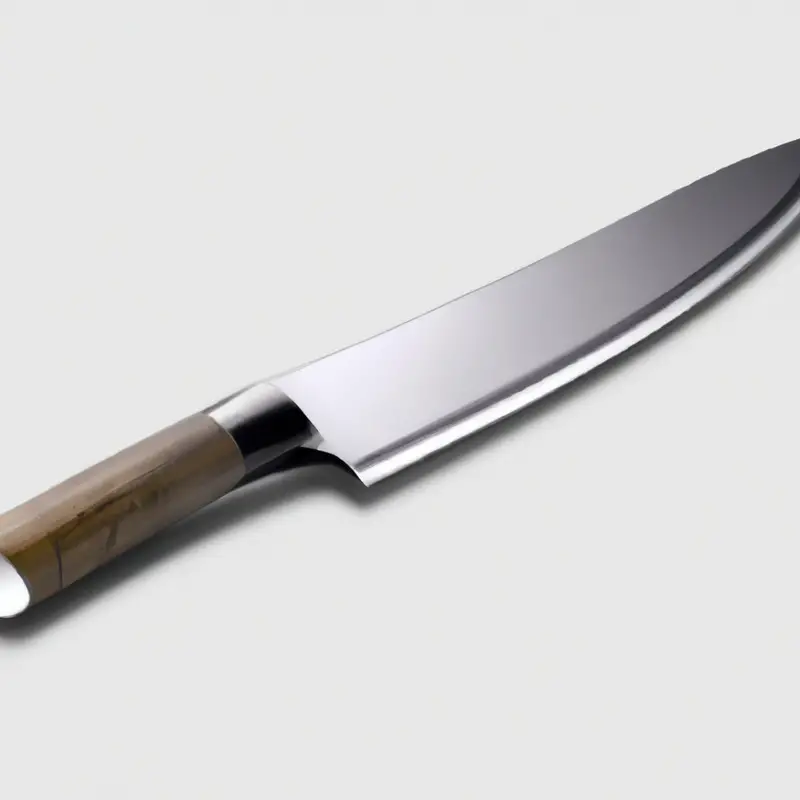
Blade Edge Design: Choosing the Right Cutting Edge for Home Cooking needs
The blade edge design is an essential aspect to consider when choosing a Gyuto knife for home cooking needs. There are two primary types of blade edges: straight and serrated.
A straight edge is suitable for slicing, dicing, and chopping vegetables, herbs, and fruits.
On the other hand, a serrated edge is ideal for cutting through hard-textured foods like crusty bread, melons, and tomatoes. A double-beveled edge is highly recommended for home cooks because it provides a robust and durable blade that enhances control and precision.
This type of edge design is versatile and suitable for different types of chopping and slicing tasks.
However, the blade edge design is not the only factor to consider when choosing a Gyuto knife. It is essential to identify the primary needs of your home cooking tasks to make an informed decision about the most appropriate knife that suits your requirements.
Blade Material: Comparing and Contrasting Stainless Steel vs. Carbon Steel Blades
Gyuto knives are versatile kitchen tools that need to have sturdy blades with excellent edge retention. When it comes to blade materials, there are two primary options: Stainless steel and Carbon steel.
Stainless steel blades are popular due to their rust-resistant property, low maintenance, and ease of sharpening; however, they tend to be less hard, less sharp, and have a less durable edge than carbon steel knives.
On the other hand, Carbon steel blades have a higher level of hardness, can hold a sharper and more durable edge, but may require more maintenance since they are prone to rust and corrosion. Overall, both stainless steel and carbon steel blades have their pros and cons.
It ultimately comes down to personal preference and intended usage.
Home cooks may prefer stainless steel for low maintenance and ease of use, while professional chefs may opt for carbon steel for their precision and sharpness.
Blade Length: Finding the Sweet Spot between Comfort and Functionality
Blade length is an essential factor to consider when choosing a Gyuto knife for home cooking needs. The standard blade length for a Gyuto knife ranges from 7 inches to 12 inches.
While longer blades provide more significant slicing power, they can be awkward to maneuver, especially for those with smaller hands or less experience.
Shorter blades, on the other hand, are more comfortable to use but may lack the necessary functional length for certain tasks. It is crucial to find the sweet spot between comfort and functionality when selecting a Gyuto knife blade length.
It is advisable to choose a blade length that feels comfortable to hold and use and can efficiently perform the required cutting tasks.
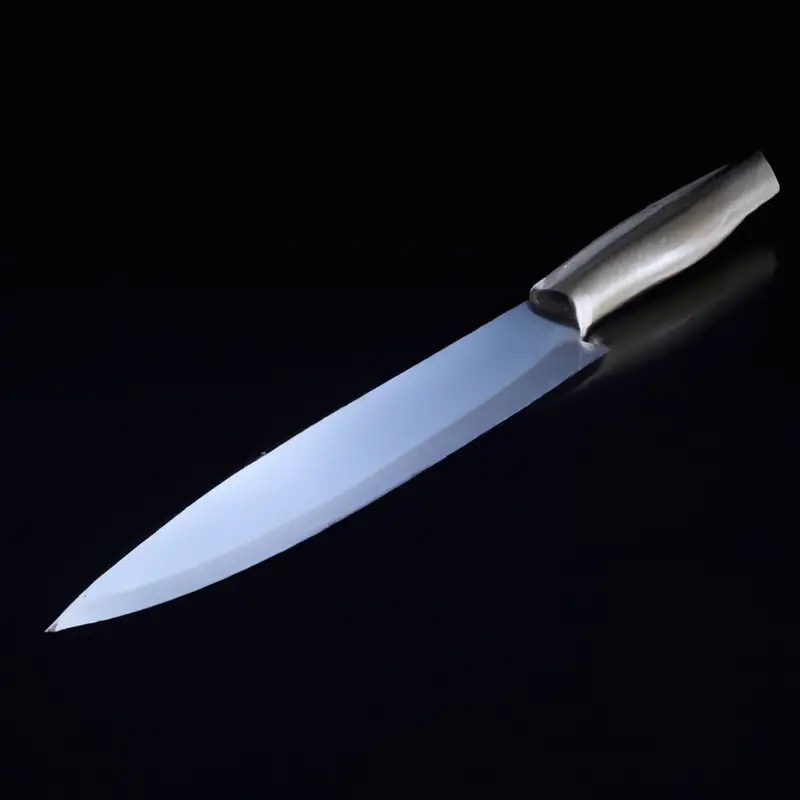
Handle Design: Ergonomics and Comfort to Optimize Performance
The handle design of a Gyuto knife plays a crucial role in optimizing its performance. A well-designed handle offers comfort, grip, and balance for efficient cutting, chopping, and slicing.
Materials commonly used in handle designs include wood, plastic, and metal.
Ergonomics is an essential factor to consider when selecting a Gyuto knife. The handle needs to be comfortable and fit well in the hand to reduce fatigue and ensure ease of use.
The shape of the handle should allow for a secure grip, preventing slippage while in use.
Another important consideration is the balance of the knife. A well-balanced knife provides control and stability during cutting, making it safer and more efficient to use.
The weight of the handle should complement the blade, creating a balanced and comfortable knife.
Ultimately, the handle design of a Gyuto knife is critical to its overall performance. The handle’s ergonomics, shape, and balance can make all the difference in the user’s experience and the knife’s functionality.
When purchasing a Gyuto knife, take the time to consider the handle design to ensure optimal performance and comfort in the kitchen.
Blade Thickness: Considering Flexibility and Rigidity in a Gyuto Knife
The blade thickness of a Gyuto knife is a crucial factor to consider when selecting one for home cooking needs. A blade that is too thin can lack stability and may feel flimsy while a blade that is too thick can be too heavy and make the knife cumbersome to use.
When it comes to flexibility and rigidity in a Gyuto knife, it is essential to strike a balance between the two.
A blade with some flexibility allows for better control and precision when slicing through meats or vegetables. In contrast, a blade with more rigidity provides more force when chopping through denser ingredients like nuts or root vegetables.
Ultimately, choosing the right blade thickness in a Gyuto knife depends on personal preference and the intended use.
A blade that is thick enough to support heavy-duty cutting while still offering flexibility and control is ideal for most home cooking needs.
Balance and Weight: Striking the Perfect Balance for Optimal Usage
To achieve optimal performance in a Gyuto knife, it is essential to strike a perfect balance between weight and balance. A well-balanced knife ensures comfortable usage, reduces hand fatigue and helps to achieve precision during cuts.
It is essential to consider the handle and blade construction, weight distribution, and the material composition of the knife while selecting a Gyuto knife.
Understanding the right balance point to hold the knife makes it easier to control and cuts more efficiently. A balanced knife offers safety and facilitates the development of proper knife skills.
A heavy knife may cause strain on wrists and lead to slippage, which could be dangerous.
On the other hand, a light knife may require greater pressure and force to cut through harder materials. A properly balanced Gyuto knife is a crucial factor in achieving optimal performance and should factor when choosing this type of knife.
Sharpness and Maintenance: Maintaining the Sharpness and Durability of a Gyuto Knife
Sharpness and Maintenance: Maintaining the Sharpness and Durability of a Gyuto Knife Maintaining the sharpness and durability of a Gyuto knife is crucial for optimal performance and longevity. Here are some tips on how to take care of your Gyuto knife:
- Sharpening: Regularly sharpen your Gyuto knife with a whetstone or sharpening tool. It is recommended to sharpen it after every use to maintain its sharpness.
- Honing: Use a honing steel to align the blade’s edge between sharpening sessions. This helps maintain the sharpness and prolongs the lifespan of the knife.
- Cleaning: Always clean your Gyuto knife after every use. Wash it with mild soap and warm water, then dry it immediately. Never leave it soaking in water for an extended period.
- Storage: Store your Gyuto knife in a proper knife block or sheath to prevent any damage. Avoid storing it in a drawer or with other utensils, as this may cause the blade to dull or chip.
By following these simple maintenance tips, you can ensure that your Gyuto knife remains sharp and durable for years to come.
Price vs. Quality: Investing in the Right Gyuto Knife within Budget Limits
Price and quality are two crucial factors to consider when investing in a Gyuto knife. While it might be tempting to opt for the cheapest option, it’s essential to strike a balance between the price and quality to get a knife that will last long and provide exceptional performance.
When purchasing a Gyuto knife, ensure that the blade is made from high-quality materials and has the right thickness and weight for easy handling.
Additionally, the handle should be comfortable to grip, and the knife should maintain its sharpness for an extended period. While it’s tempting to go for the most expensive option, there are many high-quality Gyuto knives available in the medium price range.
Don’t let the price be the only determining factor in your purchase decision.
Ultimately, investing in a high-quality Gyuto knife within your budget limits will not only provide you with a more comfortable and enjoyable cooking experience but also save you money over time by minimizing the need for frequent replacements.
Techniques for Using a Gyuto Knife: Knife Skills and Techniques to Master
To master the use of a Gyuto knife, there are a few techniques that a home cook should master. Firstly, ensure to hold the knife in the right way – grip the handle and hover your index finger on top of the blade for optimal control.
Secondly, maintain a consistent angle between the blade and the cutting board to ensure even slices.
Thirdly, use a rocking motion to chop and dice with precision. Fourthly, utilize the tip of the knife for intricate cutting tasks like trimming meat and removing seeds.
Lastly, keep the blade sharp and well-maintained to avoid accidents and ensure efficient performance.
By mastering these techniques, you’ll be able to maximize the potential of your Gyuto knife in the kitchen.
Final Verdict
To conclude, a Gyuto knife can be an invaluable tool for any home cook. Its versatility, sharpness, and ergonomics make it a powerhouse in the kitchen.
When choosing a Gyuto knife, it’s essential to consider blade edge design, blade material, blade length, handle design, blade thickness, balance, weight, sharpness, maintenance, and price vs.
quality. By selecting a Gyuto knife that fits your needs and budget, you can enhance your knife skills and elevate your cooking experience.
Remember to prioritize safety and proper technique when using a Gyuto knife, and never hesitate to invest in a high-quality and reliable blade.
With a Gyuto knife in hand, you can unleash your culinary potential and achieve exceptional results in the kitchen.

